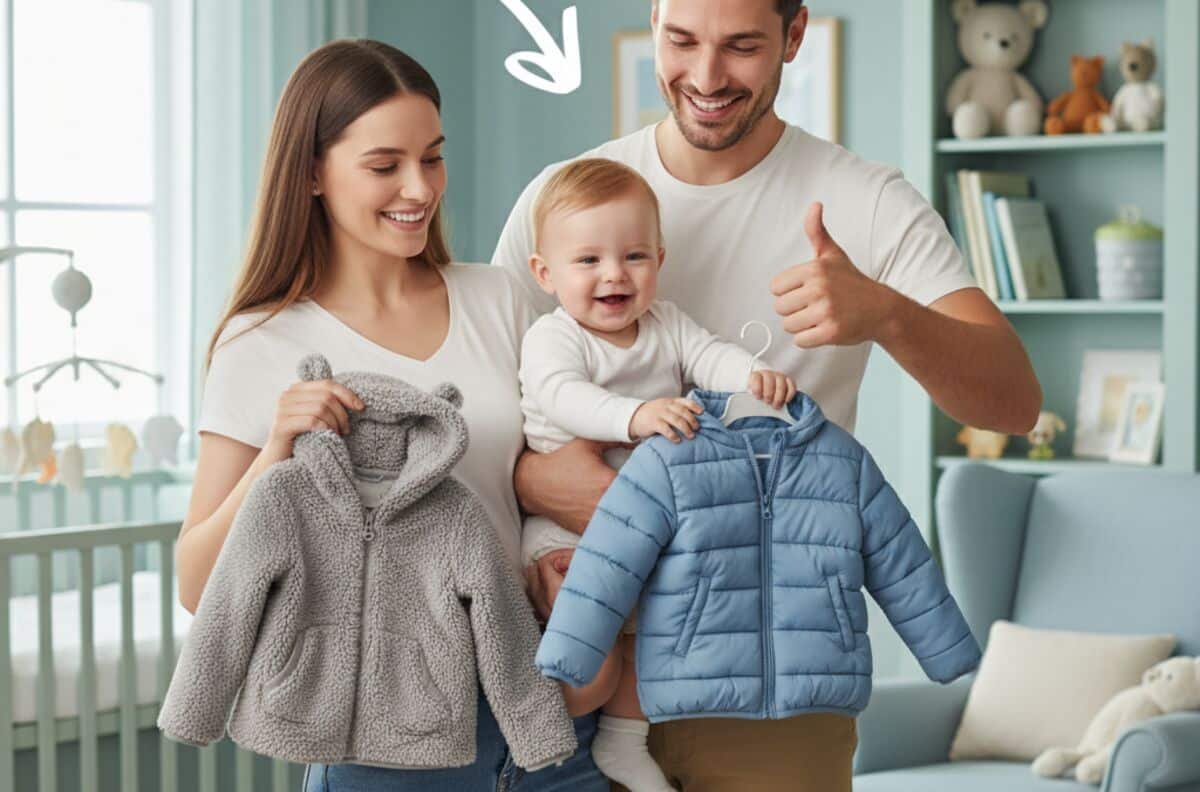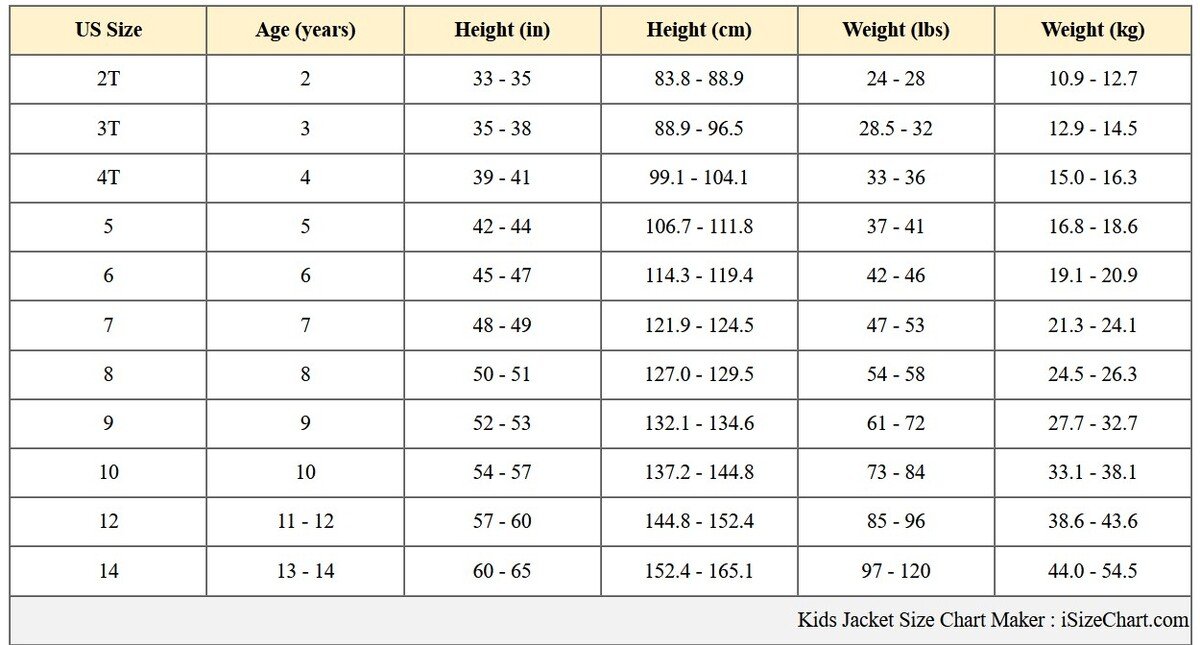You’re standing in front of a rack of tiny jackets and wondering which one will keep your little guy cozy, dry, and happy without turning him into a sweatball. It’s more than a cute outfit. A jacket needs to balance warmth, breathability, and freedom to move. Let’s walk through the practical stuff so you can leave the store confident — or click “add to cart” without second-guessing.
Start with the material: what matters and why
Materials decide how warm a jacket is and how well your child stays comfortable when they’re active. Here are the common options and what they mean for real life.
- Cotton and cotton blends — soft and breathable. Great for mild days or layering. They don’t trap heat, so they’re forgiving when your toddler decides to run full tilt. Note: Avoid using cotton as the base layer against the skin during high activity, as it retains moisture and can cause a chill.
- Fleece — lightweight, warm, and quick-drying. It’s a favorite because it keeps heat in without feeling bulky. Perfect for cool, blustery afternoons and for toddlers who hate being squashed by heavy coats.
- Down alternative (synthetic insulation) — a stand-in for real down that still traps warmth but handles moisture better. If your boy is playing where puddles and drizzle happen, synthetics keep insulating even when damp.
You’ll rarely pick a single material and be done. Many jackets mix fabrics: a cotton lining for comfort, fleece for mid-layer warmth, and a water-resistant shell outside. That combo works. It’s flexible. It’s practical.

A quick question: do you need a water-resistant shell? If your weather is unpredictable or if your kid likes puddles, yes. Water beads off treated shells, stopping chill and soggy sleeves. If your climate is dry and cold, you can lean heavier on insulation instead.
Fit and sizing: plan for growth without drowning him
Kids grow fast. You know this. But sized-too-big jackets can be unsafe — sleeves that cover hands, hoods that slide over eyes, and heavy fabric that trips a tiny runner. Too small and the jacket won’t layer, it’ll restrict movement, and it will look sad by the second winter.
Measure your child’s chest and height. Compare those numbers to the brand’s size chart rather than relying on “age 3-4” labels — sizes vary wildly between makers. Aim for a little room: enough for a thin sweater underneath and for one season of growth, but not so much that the jacket is a tent. Sleeve length should hit at the wrist; shoulders should align with the child’s natural shoulder line. If you’re ordering online, check return policies — they’ll save you on sizing mistakes.
Tip: a jacket with adjustable cuffs or an internal drawcord at the hem buys you flexibility. It tucks in heat and can be loosened as your boy grows.

Breathability vs. insulation: striking the right balance
You don’t want him overheating while navigating a playground or a grocery store. Breathability matters as much as warmth. Natural fibers and lightweight fleeces let moisture escape. Synthetic insulations trap heat but can be engineered to allow airflow.
Layering is your friend. Start with a breathable base (think cotton or a moisture-wicking tee), add fleece or a light sweater, then top with a jacket that’s either insulated or weatherproof depending on the day. That way you can remove layers quickly when he’s warmed up, and you avoid that clammy, uncomfortable feeling kids hate.
Practical features that actually help
Not every cute zipper or patch is worth the trouble. Focus on features that make life easier:
- A two-way zipper or large zipper pull (tiny hands and impatient parents both appreciate this).
- Elastic or Velcro cuffs to keep sleeves in place.
- A removable hood if your toddler objects to hats but needs head protection sometimes.
- Pockets — yes, even if they’re mostly for leaves and snack crumbs.
- Reflective trim if you’re out when light is low.
Durability counts. Toddlers test seams and zippers the way cats test cushions. Reinforced stitching and quality hardware mean the jacket lasts through the season (and maybe passes down to a younger cousin).
Care and maintenance
Read the label. Some jackets need gentle cycles or air-drying to keep insulation fluffy. Water-resistant treatments may wash out over time; a spray-on or wash-in treatment restores performance without buying a new coat.
You don’t have to be perfect at this. Buy something that fits now, lets you adjust for a bit of growth, and keeps your boy comfortable in the weather you actually have, not the weather you fear. Practical beats Pinterest-ready every day of the week.
If you found this helpful, tell me: what’s the trickiest part when you shop for your little one? Leave a comment below with your favorite jacket brand or a funny kids-in-coats story. Follow us on Facebook and Instagram for more parenting hacks, honest gear reviews, and seasonal checklists you’ll actually use.
Before you go, check these autumn christening style tips for your little girl.




1 Comment